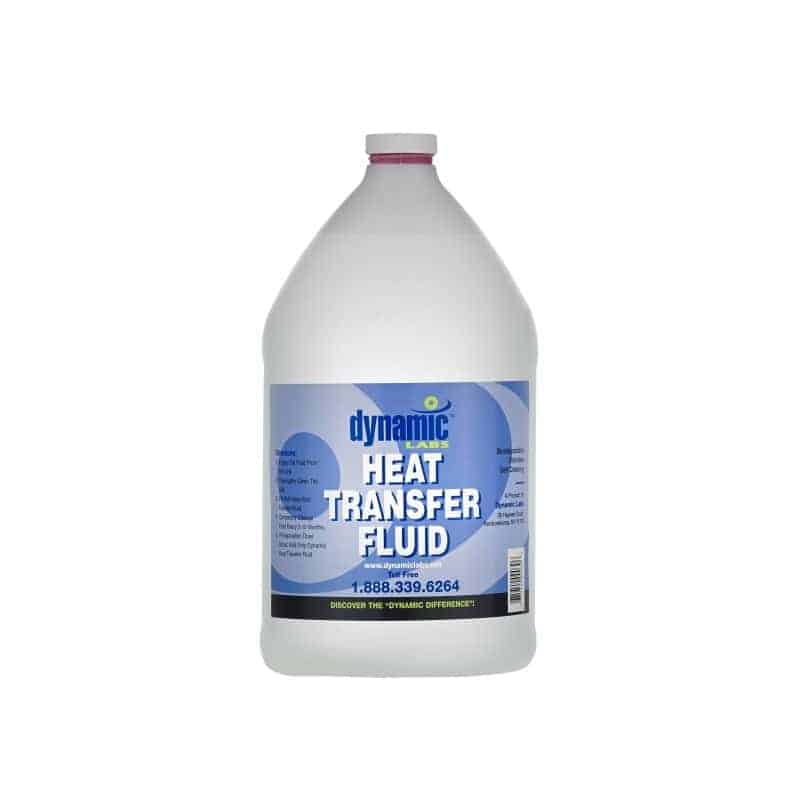The Role of Warm Transfer Liquid in Enhancing System Efficiency and Safety
In the ever-evolving landscape of commercial procedures, warm transfer liquids (HTFs) emerge as critical elements in optimizing both system performance and safety. These specialized liquids, recognized for their premium thermal conductivity and regulated thickness, allow efficient heat exchange, which is essential for structured procedures.
Comprehending Heat Transfer Liquids
Warmth transfer fluids, commonly considered the lifeblood of thermal monitoring systems, play a pivotal duty in regulating temperature level throughout different commercial applications - heat transfer fluid. Industries such as chemical processing, power generation, and manufacturing count on heat transfer fluids to make certain equipment operates successfully and securely.
The selection of a proper warmth transfer fluid is important to the success of a thermal monitoring system. Understanding the nature and function of these liquids entails recognizing their ability to take in, transportation, and release heat successfully. Warmth transfer liquids can be broadly categorized into different types, consisting of water-based, glycol-based, and artificial oils, each with its details applications and benefits. The selection of liquid depends on elements such as temperature variety, thermal security, and compatibility with system products. In recap, a comprehensive understanding of heat transfer fluids is important for enhancing system efficiency, making certain functional safety and security, and achieving cost-effective thermal management solutions.
Trick Properties of HTFs

The certain heat ability of an HTF delineates the quantity of warm energy called for to change its temperature level, impacting just how effectively the system can react to temperature variants. The boiling and freezing points of HTFs additionally play an essential role, particularly in systems exposed to severe temperatures, making sure fluid security and avoiding stage adjustments during procedure. Additionally, the chemical stability of HTFs under differing thermal conditions is crucial to avoid destruction and extend fluid life. Lastly, compatibility with system products is essential to prevent corrosion and product deterioration, making sure long-term functional integrity. These residential properties jointly inform the selection of a suitable HTF for particular commercial applications.
Enhancing System Performance
To boost system efficiency with warm transfer fluids (HTFs), it is essential to incorporate a detailed method that considers both liquid homes imp source and system design. The option of a suitable HTF is crucial, as its thermal conductivity, viscosity, and specific warmth capability straight impact the efficiency of warmth exchange.
Similarly vital is the design of the warm transfer system itself. The surface location and product of heat exchangers ought to be enhanced to make best use of heat transfer effectiveness.
Boosting Operational Security
Making certain functional safety and security in heat transfer systems requires a precise focus on both the buildings of warmth transfer liquids (HTFs) and the layout and upkeep of the whole system. HTFs have to have thermal security, reduced flammability, and proper viscosity to reduce risks such as leaks, fires, and system malfunctions. Selecting the best HTF is important as it figures out the system's capability to deal with temperature changes without jeopardizing security.
The style of the system ought to integrate redundancies and fail-safes to handle potential dangers efficiently. This includes the integration of safety shutoffs, stress relief tools, and temperature level tracking systems to discover and deal with abnormalities immediately. Regular maintenance is important to ensure that all elements, including pumps, pipelines, and seals, are functioning appropriately and are complimentary from wear or corrosion, which can result in unsafe leaks or failings.
Moreover, personnel in charge of the operation and upkeep of heat transfer systems need to be sufficiently trained in safety and security protocols and emergency situation response treatments. Consistent training programs and safety and security drills can dramatically lower the possibility of crashes, guaranteeing a more secure working environment. Eventually, a comprehensive method to safety and security-- encompassing fluid option, system design, and labor force training-- is indispensable for ideal functional safety and security.
Industry Applications of HTFs
Widely used throughout various markets, warmth transfer fluids (HTFs) play an essential role in boosting the efficiency and dependability of thermal monitoring systems. browse around this site In the chemical industry, HTFs are essential for keeping specific temperatures during responses, making certain product consistency and top quality. They facilitate heat exchange processes in activators, condensers, and warmth exchangers, thereby optimizing energy usage and reducing waste.
In the oil and gas field, HTFs are utilized in a fantastic read both upstream and downstream procedures. They manage temperature in boring procedures and boost efficiency in refining procedures by giving secure thermal conditions. This results in decreased downtime and improved security, especially in important procedures such as purification and cracking.
The renewable energy industry likewise benefits significantly from HTFs, particularly in concentrated solar power (CSP) plants. Here, HTFs transfer captured solar power to power turbines, allowing efficient electrical power generation. The pharmaceutical market counts on HTFs for specific temperature level control in both synthesis and storage space, making sure item efficacy and security.


In addition, the food and beverage industry uses HTFs for pasteurization, sterilization, and food preparation procedures, improving both item safety and security and manufacturing effectiveness. Across these industries, HTFs function as important components in keeping ideal functional efficiency and safety.
Verdict
Warm transfer fluids are vital in improving commercial system performance and security by offering high thermal conductivity, optimum viscosity, and thermal security. Proper choice and maintenance of HTFs improve warmth exchange effectiveness, therefore increasing functional effectiveness. The reduced flammability of these liquids is important for decreasing risks and making sure safe operations. Comprehensive employees training and regular maintenance better support the dependability and performance of commercial processes, strengthening the essential role of HTFs in diverse applications.